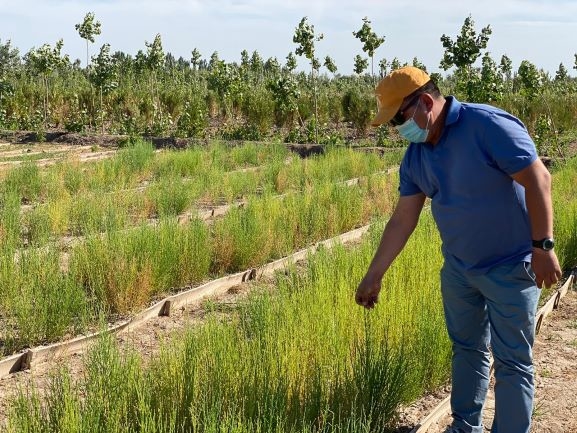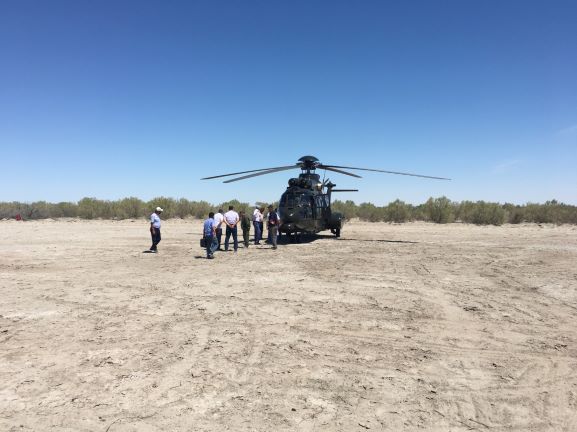
In July of the current year, director of the Almaty branch of the A.N. Bukeikhan Kazakh Research Institute of Forestry and Agroforestry (further KazRIFA) Ruslan Akhmetov visited the Republic of Uzbekistan as part of the delegation of the Turkestan region akimat.
The main task of the delegation, in which the representative of KazRIFA participated, was to familiarize with the phytomelioration of the drained bottom of the Aral Sea (hereinafter referred to as DBAS) and nursery farming.
As a result of this trip, a memorandum of cooperation in the forestry sector was signed between the State Committee of the Republic of Uzbekistan on Forestry and the Department of Natural Resources and Environmental Management of the Akimat of the Turkestan Region.

One of the points of the signed memorandum is cooperation between scientists of KazRIFA of the Republic of Kazakhstan and scientists of the Republic of Uzbekistan in the following positions:
- development of a unified system of forest reclamation development DBAS: development of a map on the suitability of types of bottom sediments, natural overgrowth of areas with woody and grassy vegetation, determination of the priority of forest reclamation work on both sides;
- development of unified comprehensive recommendations for forest reclamation development of desert areas and land degradation in order to increase their productivity and improve environmental conditions in the DBAS region.
Within the framework of cooperation, it is planned to develop joint international projects.
In 2018, the Republic of Uzbekistan adopted a state program for the environmental improvement of the Aral zone by means of forest reclamation work, initiated by the President of the Republic of Uzbekistan Sh.M. Mirziyoyev.
In 2019 - 2020, the Republic of Uzbekistan carried out phytomelioration work at DBAS on a total area of more than 877 thousand hectares. Desert breeds were also planted and sown (black Halóxylon, tamarix, Caspian salt grates and other plant species).



